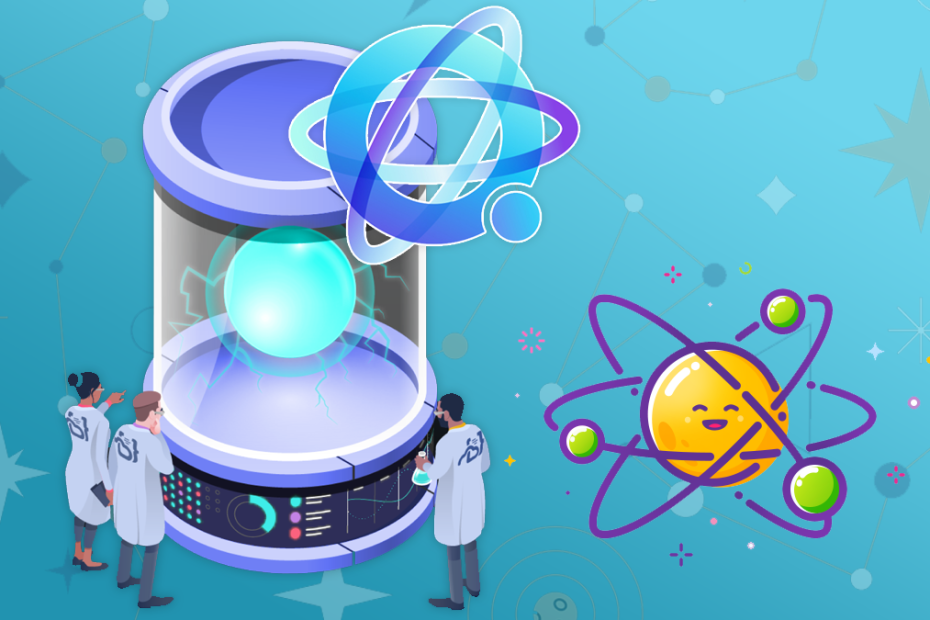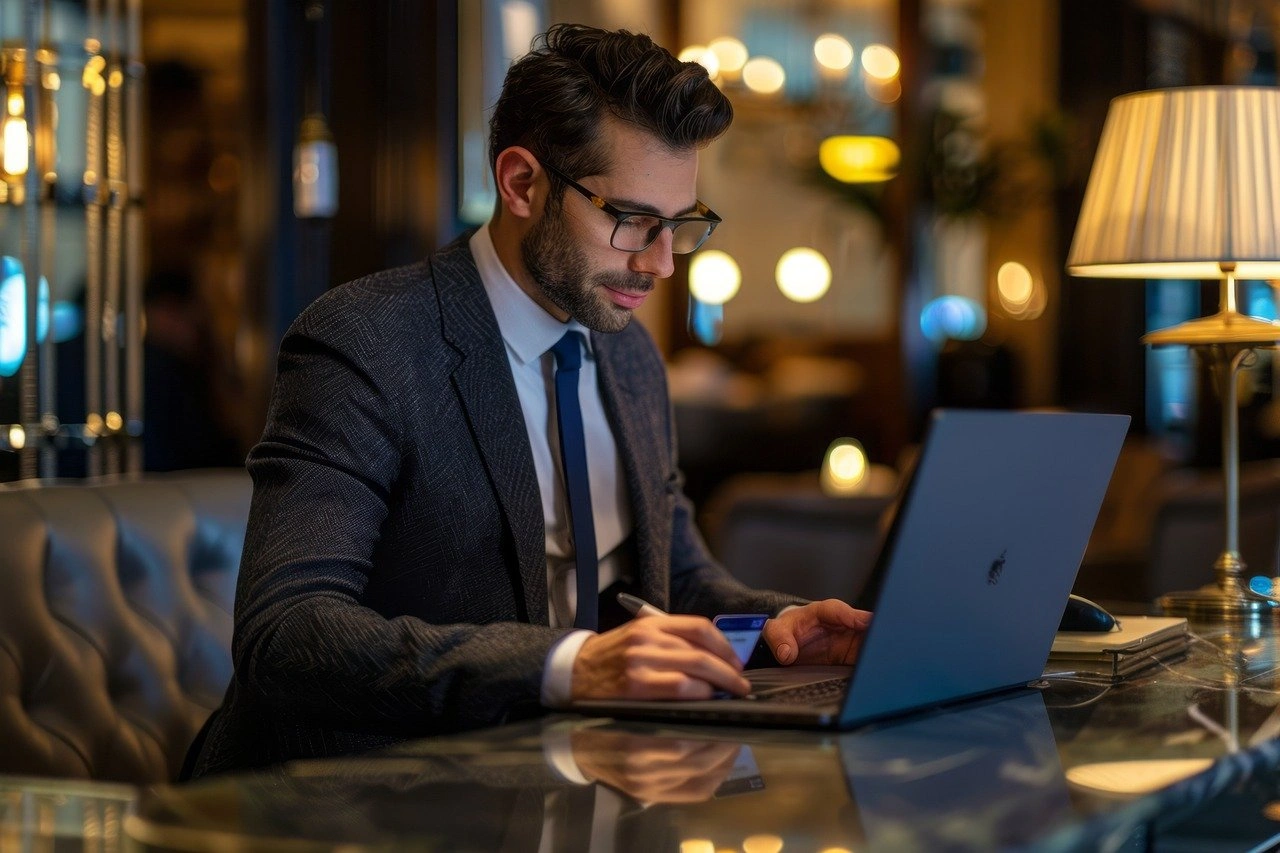Available Solutions

Quantum ML
By integrating quant...

Quantum Cybersecurity
Our quantum security...

Quantum Optimization
We help businesses u...

AI Reports Generator
AI Reports Generator...

AI Audit Assistant
An AI Audit Assistan...

Customer AI Chat Bot
A customer chatbot i...

AI/ML Capacity Building
This course is desig...

Creative Development
Bring your ideas to ...

Web Development
Build a powerful onl...

Android Development
Transform your busin...

IoT Integration
Integrate IoT device...

ML Solutions
Unlock the power of ...







